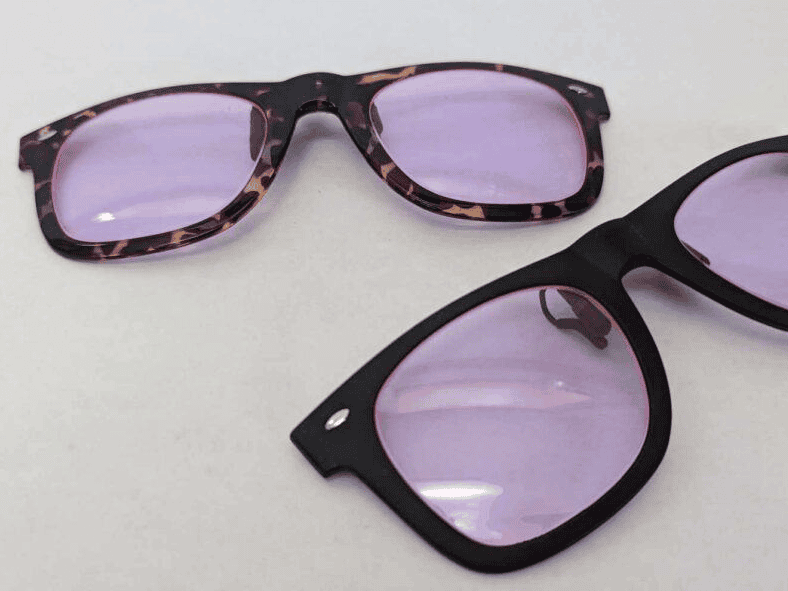Driving glasses are specialized glasses designed to enhance vision and improve clarity while driving. They are made to address specific visual challenges drivers face, such as glare from sunlight or headlights and poor visibility in low-light conditions. Driving glasses typically feature lenses with anti-reflective coatings or colored tints that help to reduce glare, improve contrast, and provide clearer vision.
What Types of Lenses Are Used in Driving Glasses?
Lenses in driving glasses vary depending on your specific needs and driving conditions.
Polarized Lenses: These lenses are designed to reduce glare from reflective surfaces, such as wet roads, car hoods, or snow. Polarized lenses are particularly helpful during the day when bright sunlight can make it difficult to see. However, they are generally not recommended for night driving, as they may reduce visibility in low light.
Anti-Reflective Coating: This coating reduces reflections on the surface of the lenses, which helps to improve clarity and comfort when driving in bright conditions or at night. The anti-reflective layer allows more light to pass through the lenses, reducing the effect of headlight glare.
Tinted Lenses: Some driving glasses come with specific tints to improve contrast and reduce eye strain. Amber, brown, or yellow tints can enhance contrast and help make objects appear sharper, which is particularly useful in cloudy or foggy conditions.
Are Night Driving Glasses Effective?
Night driving glasses are a specific type of driving glasses designed to improve vision in low-light conditions, particularly at night. They typically have lenses with a slight tint or an anti-reflective coating to reduce glare from headlights and street lights, providing clearer vision. However, night driving glasses have mixed results. Some people can find them helpful in reducing glare and improving contrast at night, others may not experience significant benefits.
Can Driving Glasses Help with Sun Glare?
Sun glare is a common challenge for drivers, particularly during sunrise and sunset when the sun is low on the horizon. Driving glasses with polarized lenses or anti-reflective coatings are designed to minimize this type of glare. Polarized lenses, in particular, are very effective at blocking reflected light, which is why they are often recommended for daytime driving in bright sunlight.
Tinted lenses can also help to reduce sun glare by filtering out specific wavelengths of light and enhancing contrast. The right tint can make it easier to see road details, even when the sun is shining directly into your eyes. Brown or amber tints are popular choices for reducing sun glare and improving visual comfort while driving.
Are Driving Glasses Worth the Investment?
For many drivers, the investment in driving glasses is worth it for the enhanced comfort, safety, and improved vision they provide. Driving glasses can help reduce eye strain and fatigue, improve visibility in various light conditions, and enhance overall comfort while driving. Whether you are a daily commuter, a professional driver, or someone who occasionally drives long distances, the right pair of driving glasses can make a significant difference in your driving experience.



